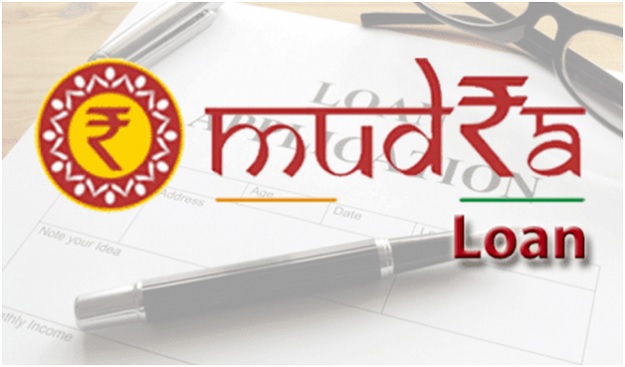Aiming to ‘Fund the Unfunded’, MUDRA loan emerged as one of the strongest endeavours of Narendra Modi, the Prime Minister of India. MUDRA or Micro Units Development & Refinance Agency Ltd. was launched on 8th April 2015, intending to fund the non-farm and non-corporate micro and small enterprises (MSEs). The scheme comes under the Pradhan Mantri MUDRA Yojana (PMMY) which sanctions credit up to Rs. 10 Lakh.
If you are new to MUDRA, here’s a comprehensive guide to understanding the scheme in details.
Why was MUDRA scheme launched?
At present, over 577 Crore small businesses are operating in the nation. Growth and development of these businesses would ultimately take the economy of India ahead.
However, most of the SMEs fail to compete with big players on the market mostly due to a shortage of funds. This lack of financial support, especially from the financing companies, also hampers their growth. The Government of India, therefore, introduced MUDRA to eradicate this block and help small businesses have access to sufficient finance.
Other than this, MUDRA loan comes with the following objectives:
● Registering and regulating the microfinance institutions and other such entities.
● Creating policy guidelines for sponsoring SMEs.
● Supporting the low-income sections to develop and expand their businesses.
● Providing lending preference to SC/ST groups, etc.
These are unsecured loans which don’t require any guarantor or collateral to apply. Additionally, MUDRA loan come with low rates of interests, making them one of the more affordable options for financing a small business.
The 3 schemes of MUDRA:
MUDRA loans have been categorised into 3 schemes according to the financial needs and growth stage of the concerned small or micro unit –
1) Shishu:Loans up to Rs. 50,000
It is primarily for businesses in their initial stages. Repayment tenor is usually up to 5 years.
2) Kishor: Loans starting from Rs. 50,000 up to Rs. 5 Lakh
Kishor is especially for people looking to expand their business. Repayment tenor here depends on the assessment of the lender.
3) Tarun: Loans from Rs. 5 Lakh up to Rs. 10 Lakh
Tarun is sanctioned to specific business owners who meet specific eligibility criteria.
According to MUDRA, in the fiscal year 2018-19, PMMY has sanctioned precisely 1,66,12,398 loans. Also, as Times of India reported, the honourable PM informed that close to 11 Crore borrowers have benefitted from this flagship scheme so far.
borrowers have benefitted from this flagship scheme so far.
What are the eligibility criteria for MUDRA loan?
An applicant has to be one of the following to qualify for the MUDRA loans.
● Artisans
● Shopkeepers
● Small manufacturers and industries
● People into agriculture including pisciculture, poultry, livestock, etc.
● Vegetable and fruit dealers
● Repair shops, etc.
Besides, applicants also need to have a healthy CIBIL score, a report detailing their business revenue, and other essential statements to meet the eligibility criteria for MUDRA loan.
Remember that financial institutions sanction the loan to selected businesses which have the potential to grow and create more employment opportunities. However, you may not get the loan if your business has a high turnover, nor can you utilise the amount for any personal purpose. So, make sure to prepare your small business for growth.
Which documents are required for applying?
The documents required for MUDRA loan are as follows –
a) Business proof – Registration, license, certificate or any document validating the business existence, ownership and address.
b) Address proof – Passport, voter ID card, Aadhaar card, latest attested statements of bank account, utility bill or domicile certificate.
c) Identity proof – PAN card, Aadhaar card, Voter ID, passport, Driving License or photo ID.
d) Other documents– Photographs of partners, income tax returns, certificate of ST, SC, OBC, articles of association and partnership deed, etc.
After eligibility and document requirements, know how to apply for MUDRA loan next.
You can apply for the MUDRA loans following an easy application procedure, although it slightly varies with the lending companies. Simply fill up the application form with correct details and mention the amount you wish to avail.
However, you should approach a reliable financial institution like Bajaj Finserv to apply for loans of higher amounts. In case you need credits more than Rs. 10 Lakh, you can avail MSME loans up to Rs. 30 Lakh designed for MSME from Bajaj Finserv. The NBFC also provides with pre-approved offers to their existing customers which make it easier for them avail funds in less time. These pre-approved offers are valid on business loans, personal loans, mortgage loans and various other financial products and services.

